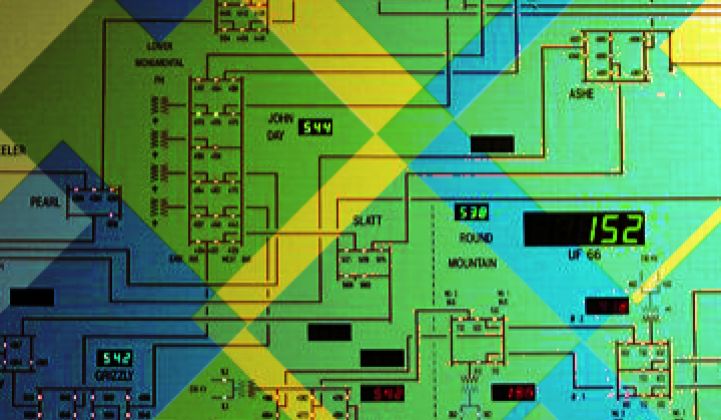When Duke Energy looked into communications for smart grid applications, the answer was not mesh or cellular or power line communications -- it was all of the above. Although mesh is far from dead, utilities are looking for diverse solutions for their smart grid deployments.
Whether it’s cellular, star topology radio networks or broadband, the options are maturing and expanding. Utilities are finding that mixing different radio topologies and communications systems can offer a more sophisticated network to upon which to build the smart grid.
These demands, in turn, are forcing smart grid vendors to expand their portfolios. If you started out as a mesh company, you'd better get some cellular expertise and vice versa. Could that mean Silver Spring Networks, which specializes in mesh but supports other commuications, raises money in an IPO to explore acquisitions? It's a possibility.
“Being wedded to a single approach is applicable to smaller and smaller numbers of customers,” said Rob Conant, senior vice president of networked products for Trilliant, which provides both cellular and mesh to its utility customers.
A similar trend is underway in homes, with ZigBee ceding some ground to Wi-Fi and other protocols. NXP Semiconductor earlier this year came out with a light networking chip based around 6 LowPAN.
For some newer players, such as On-Ramp Wireless, which uses a star topology (as opposed to mesh, where each node both collects data and can be a relay), these solutions are getting increased attention. The company’s Ultra Link Processing was chosen as one of the winners of General Electric’s Ecomagination Challenge, and Schweitzer, the electrical equipment maker, has integrated some of On-Ramp’s technology into its smart grid products.
Using a star, instead of mesh, topology has both advantages and disadvantages. Joaquin Silva, CEO of On-Ramp Wireless, said that his company’s solution is particularly suited to covering long distances or going underground -- where many urban utilities have their distribution equipment. Southern California Edison is currently using On-Ramp Wireless for a U.S. Department of Energy demonstration project. In San Diego, more than half of the utility’s infrastructure is below ground.
As utilities look at distribution automation, metering and more visibility on the entire grid, one solution just isn’t enough. The major concerns are capacity, latency reliability and infrastructure constraints, according to John Dalton, head of the Department of Communications Engineering at Dublin Institute of Technology, who studies communications infrastructure. He said that the overall consideration was the link budget (i.e., the strength of the link between a transmitter and receiver) rather than the topology of the radio network.
On-Ramp is also getting interest from the international market, especially Europe, where regulations aren’t as favorable for 900-megahertz mesh. Sensus, another company that uses long-range point-to-point radio for its FlexNet AMI system, was adopted by the National Rural Telecommunications Cooperative to be made available to its co-op members.
Even for utilities that are using mesh because it’s a proven technology, often one layer of mesh isn’t enough. Burbank Power and Water, for example, went with both Trilliant and Tropos to meet its needs for latency, reliability and security.
“Many utilities are taking a more holistic view and I think what that drives them toward is higher-speed communication and more network-oriented capabilities that people didn’t think about when it was just meters,” said Trilliant’s Conant.
It’s not just about various radio networks, either. As the price of cellular has dropped, this technology is also getting a second look for smart grid applications. Silva noted that On-Ramp does not provide an extremely low latency, so there are some applications where WiMax, Wi-Fi or cellular might be needed. And yet, any radio has limitations in terms of latency, according to Dalton.
“I believe no system will be 100 percent in terms of being able to reach everywhere without some special efforts,” said Dalton.



